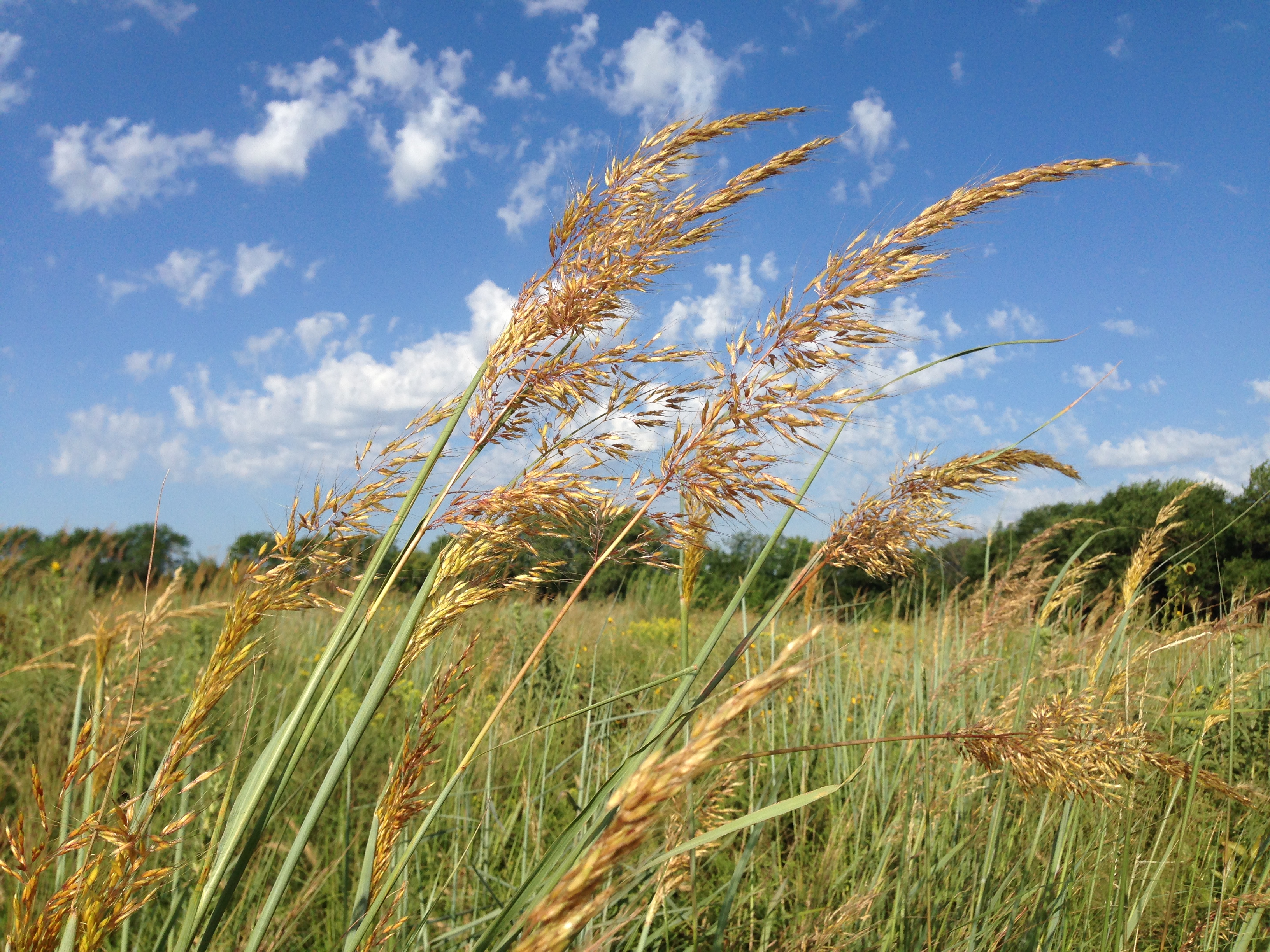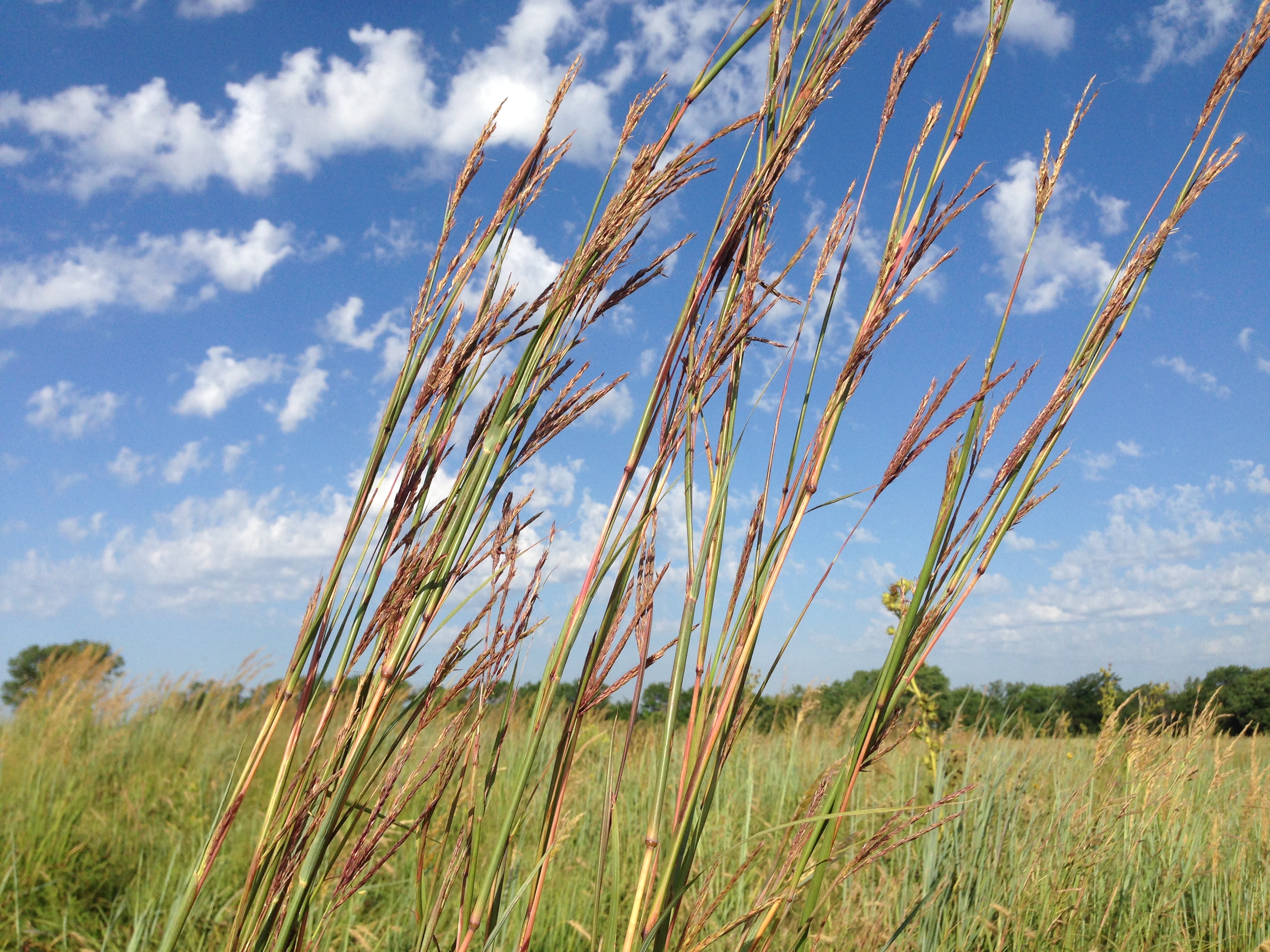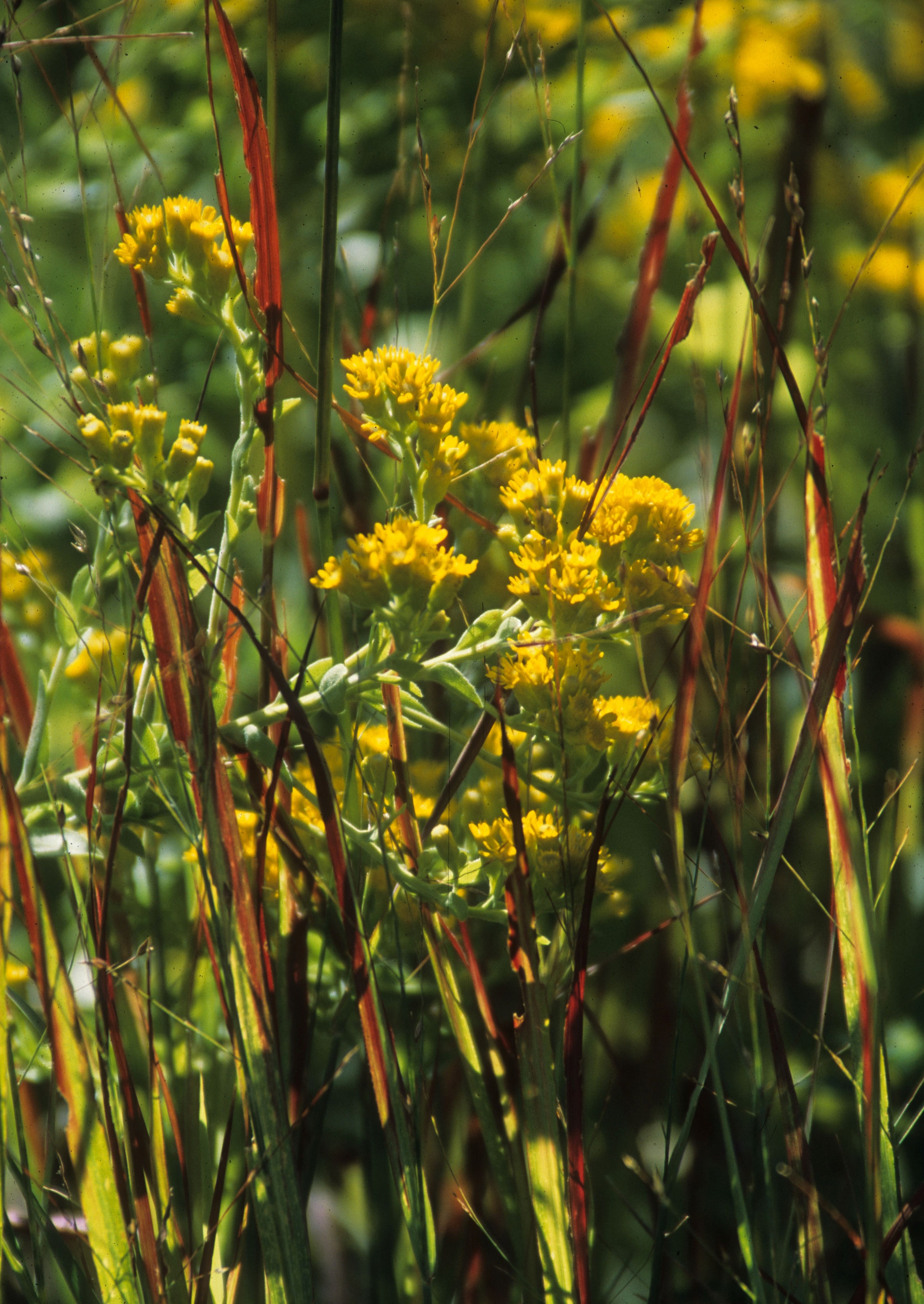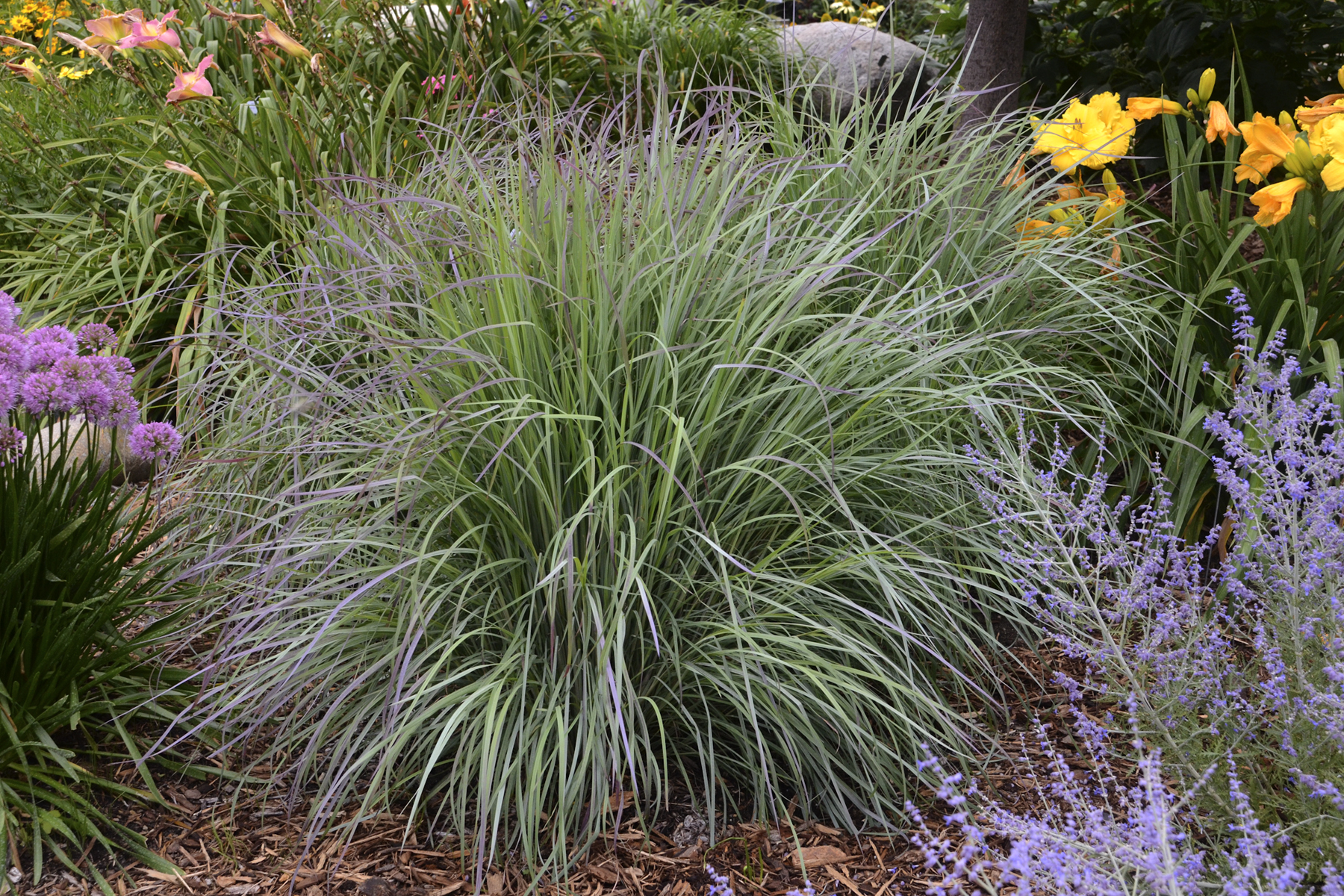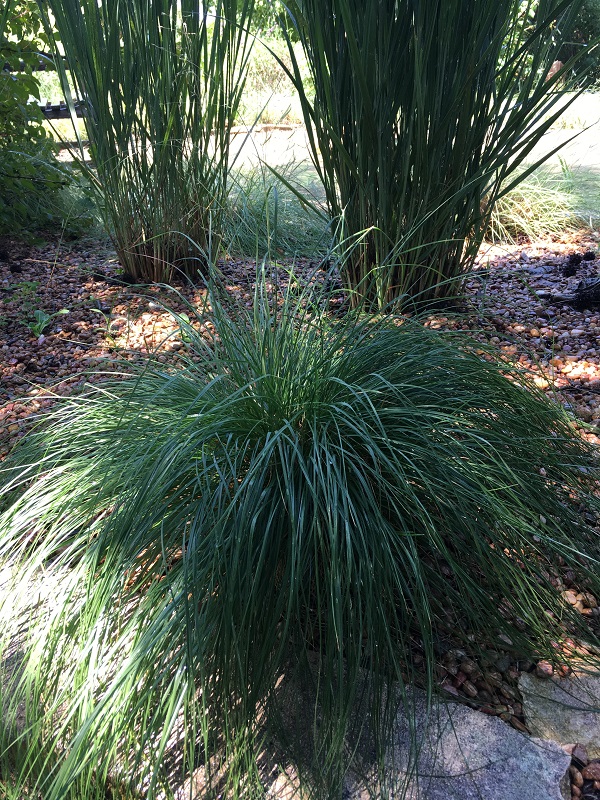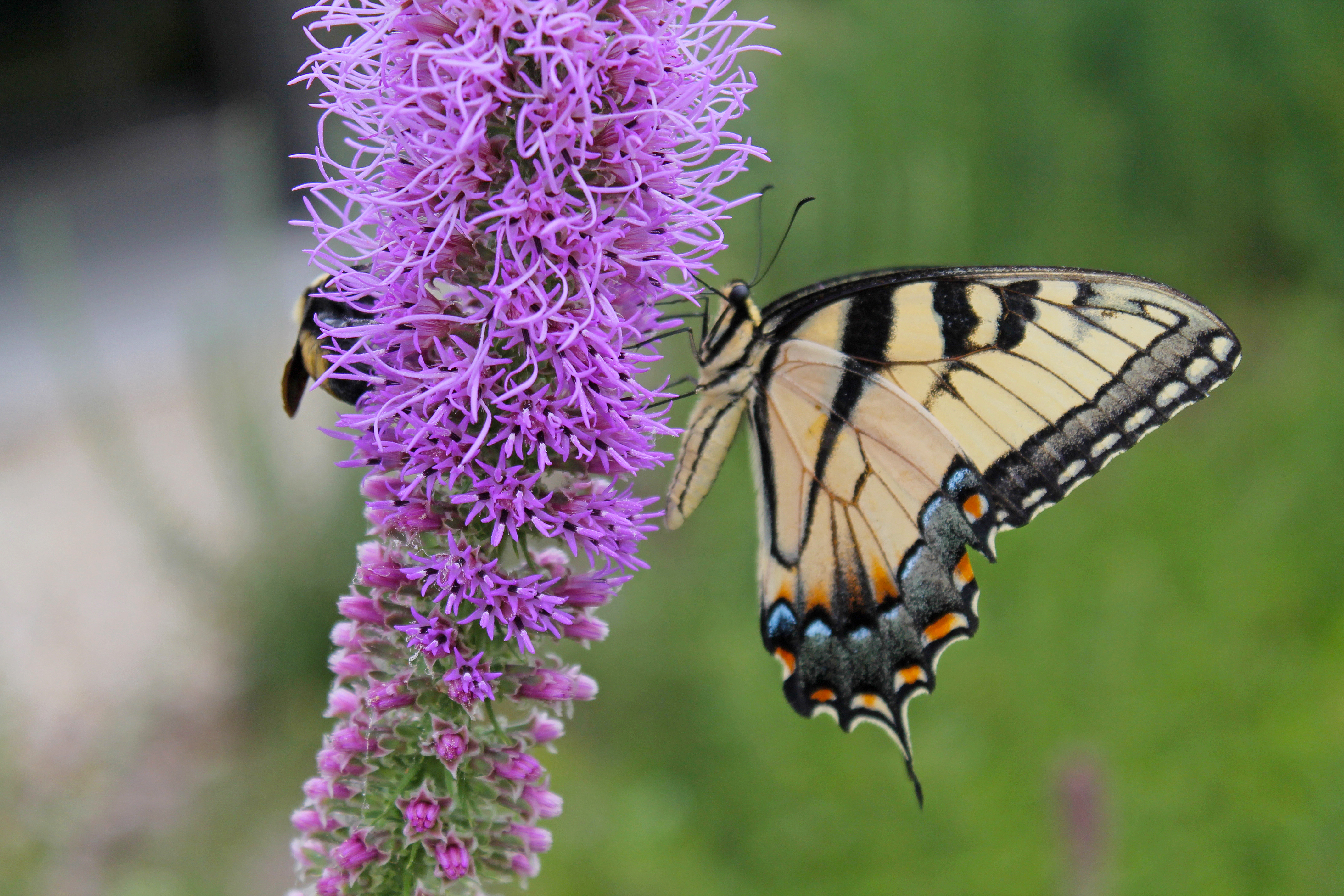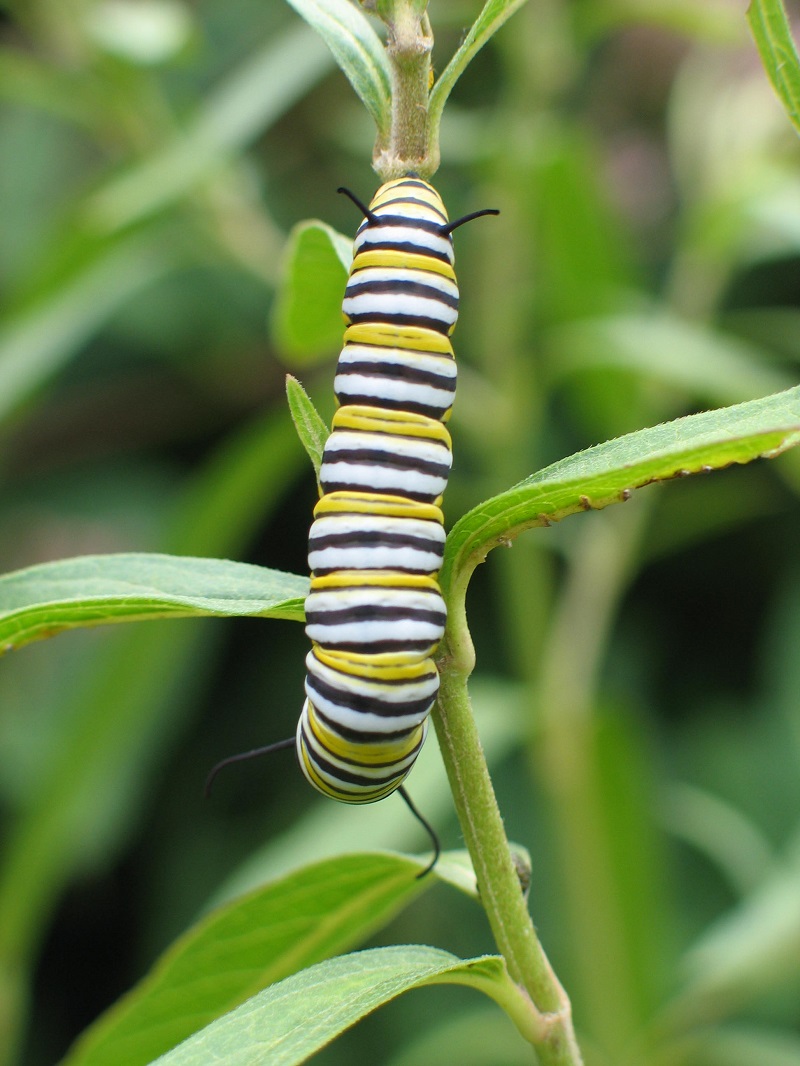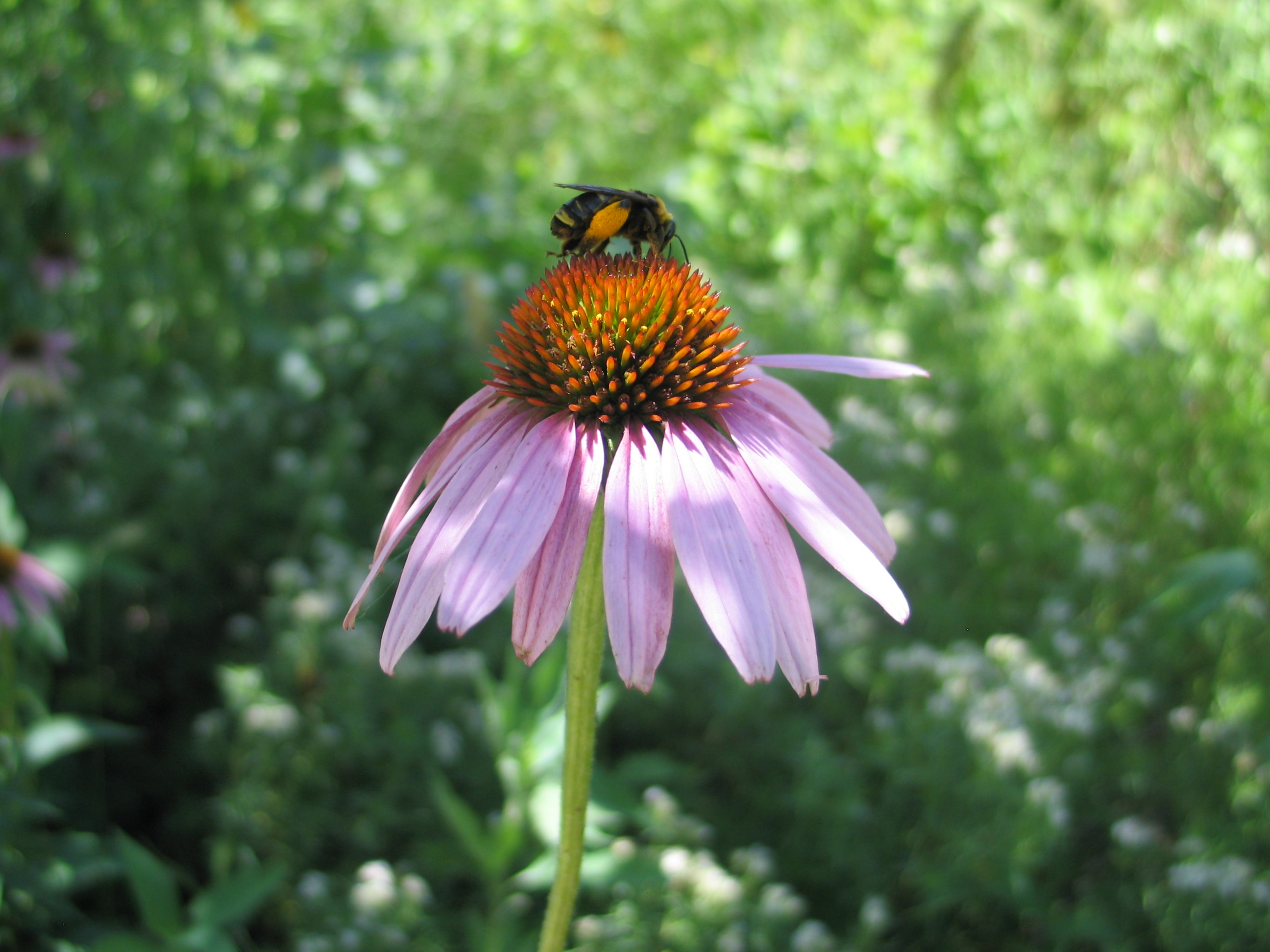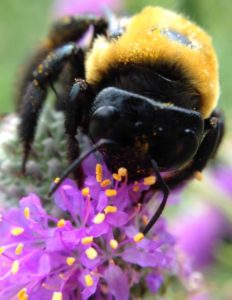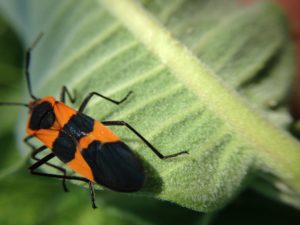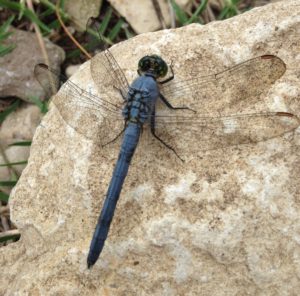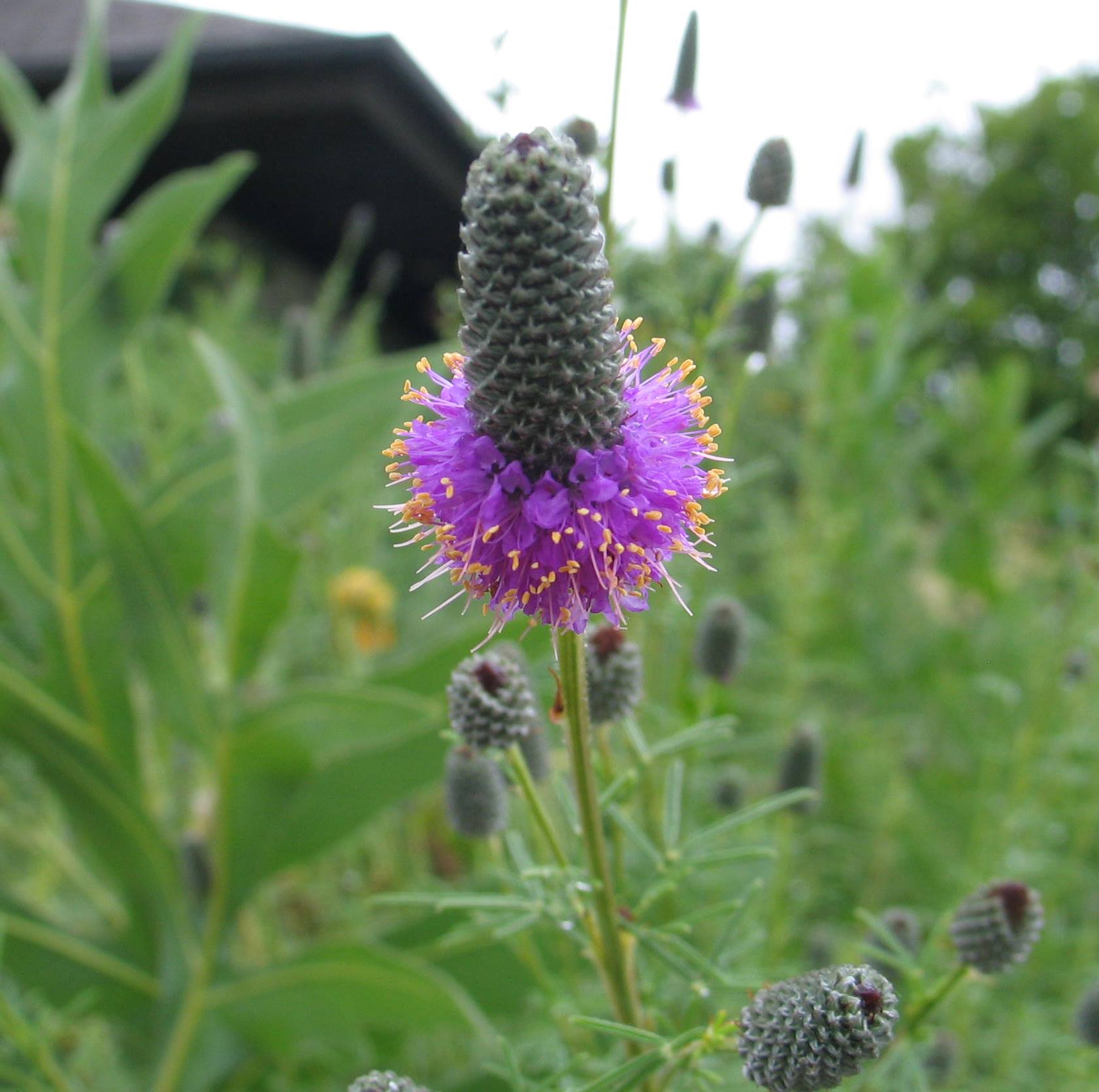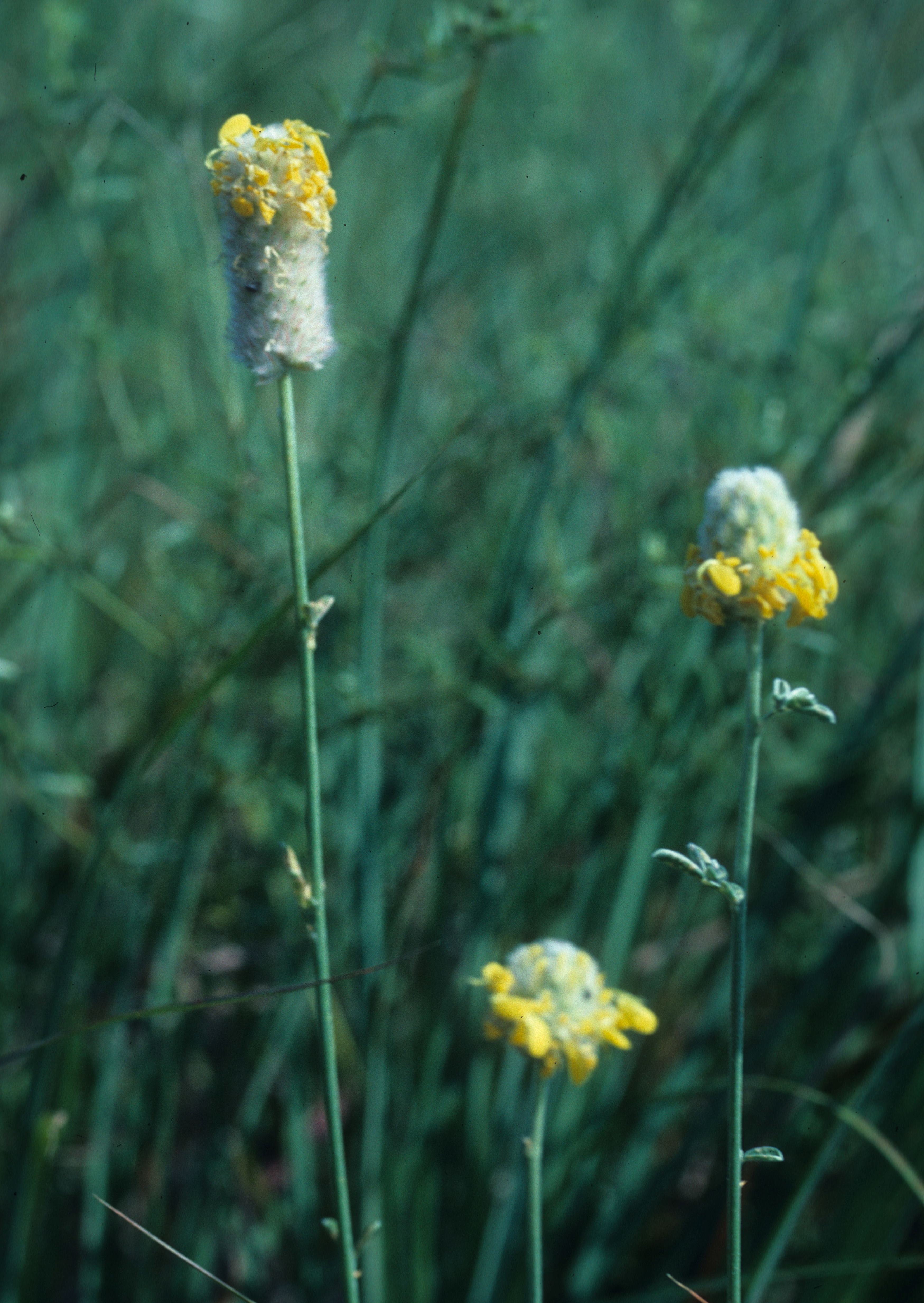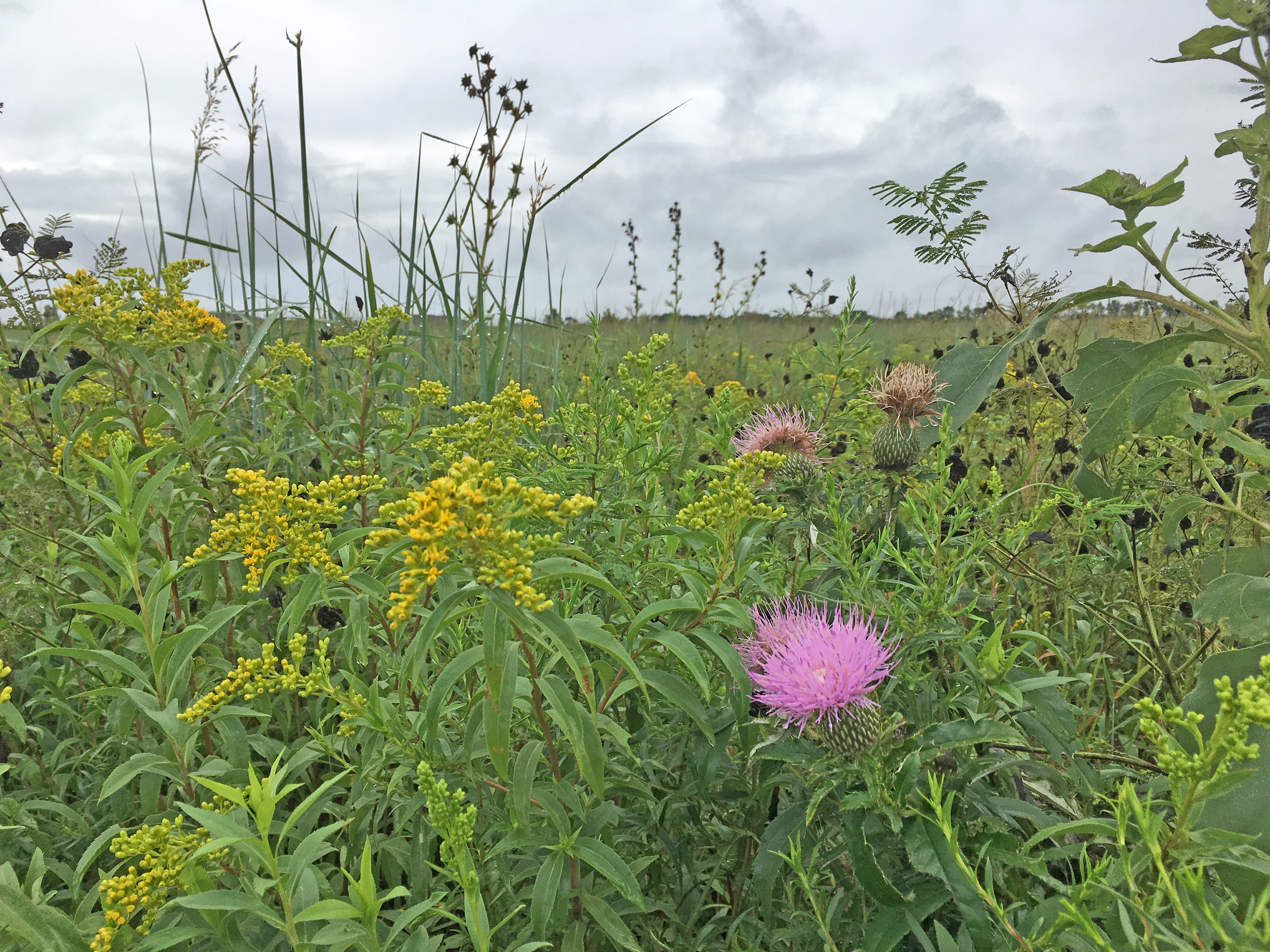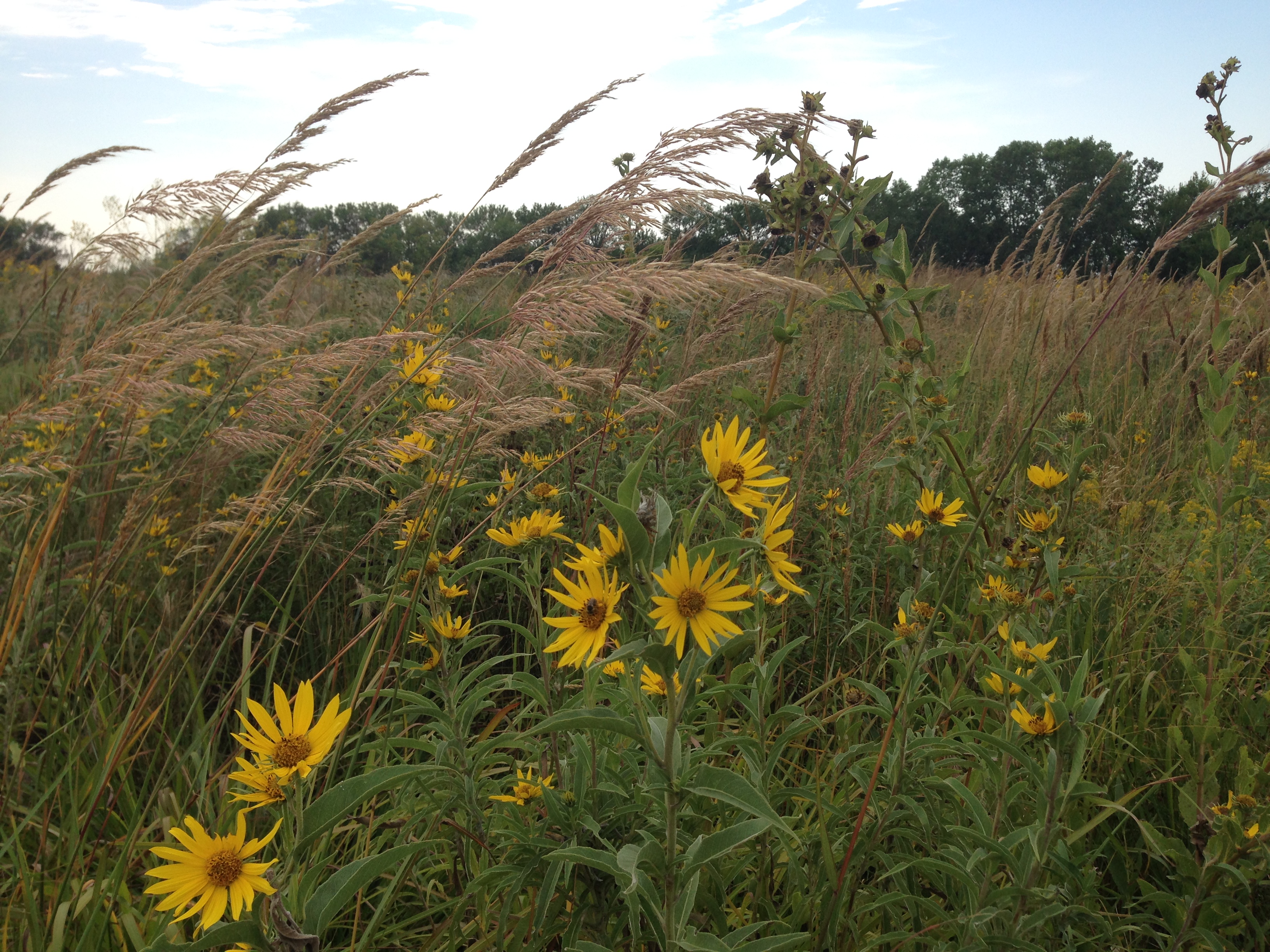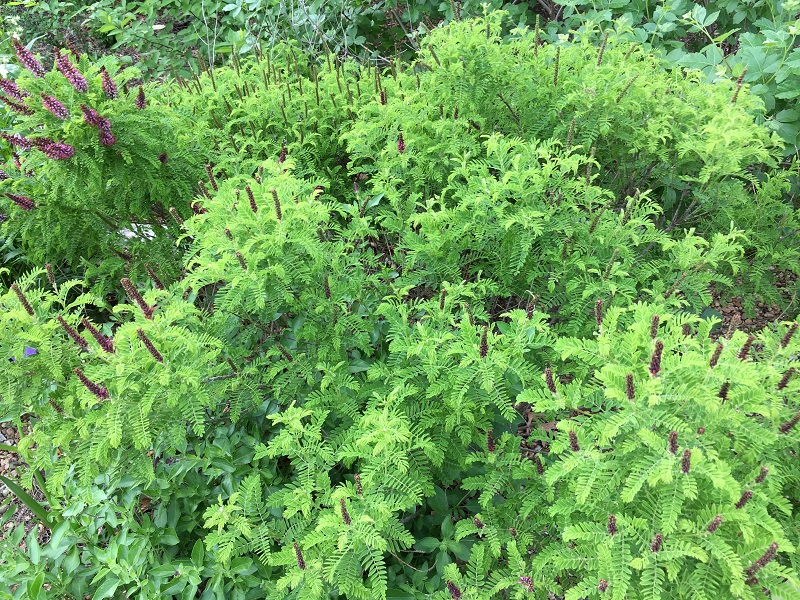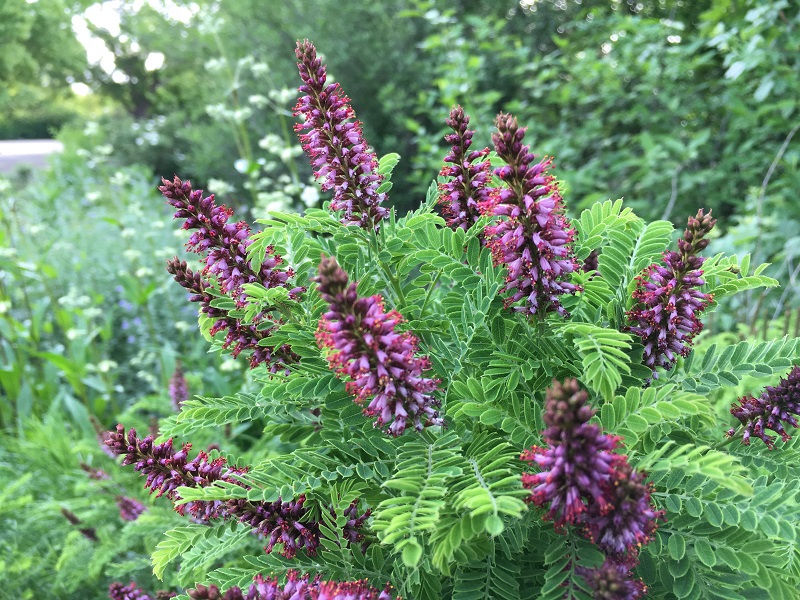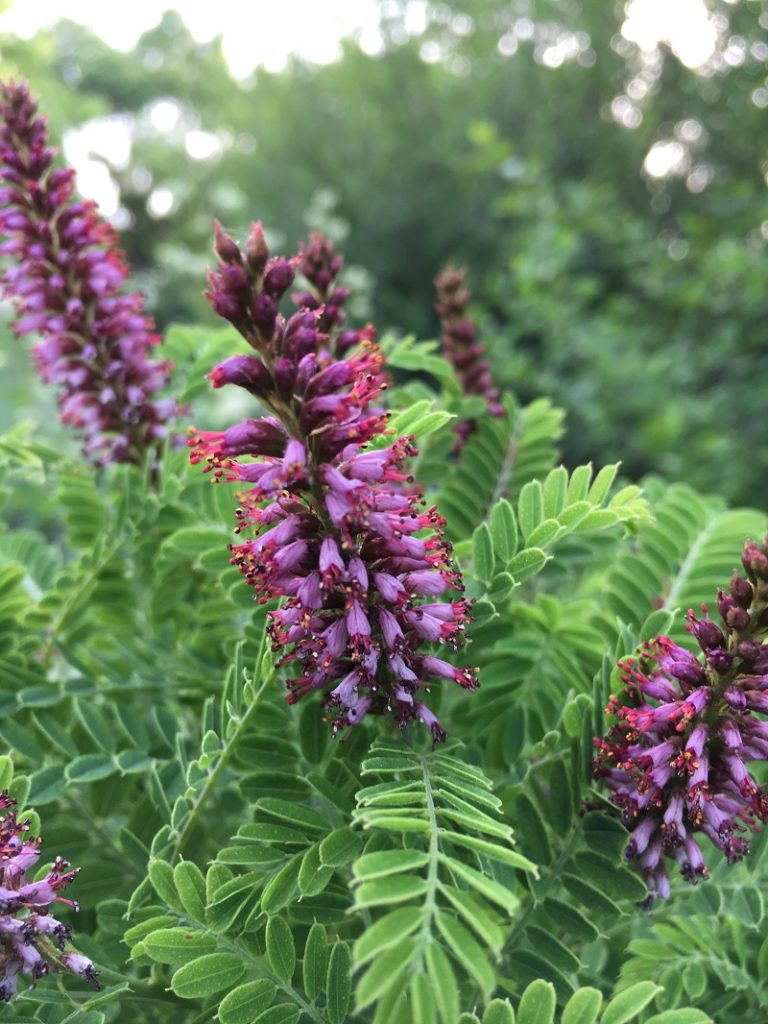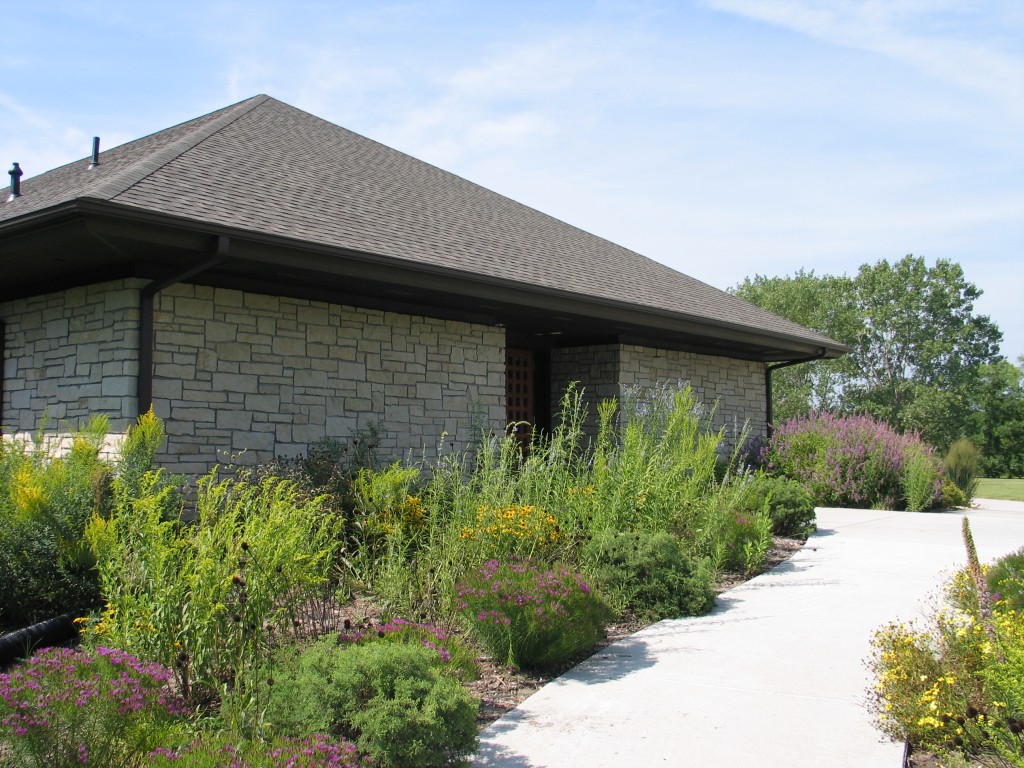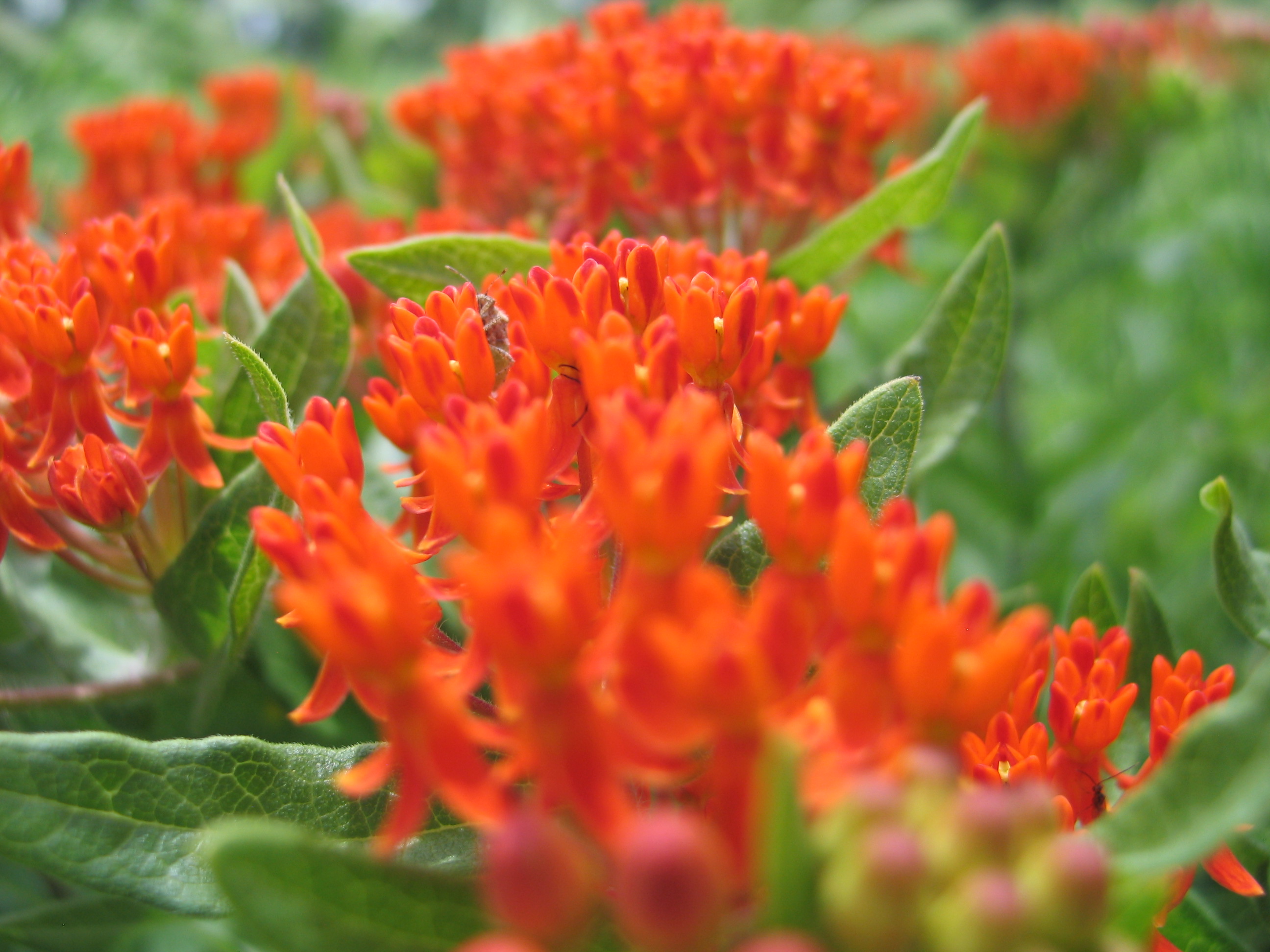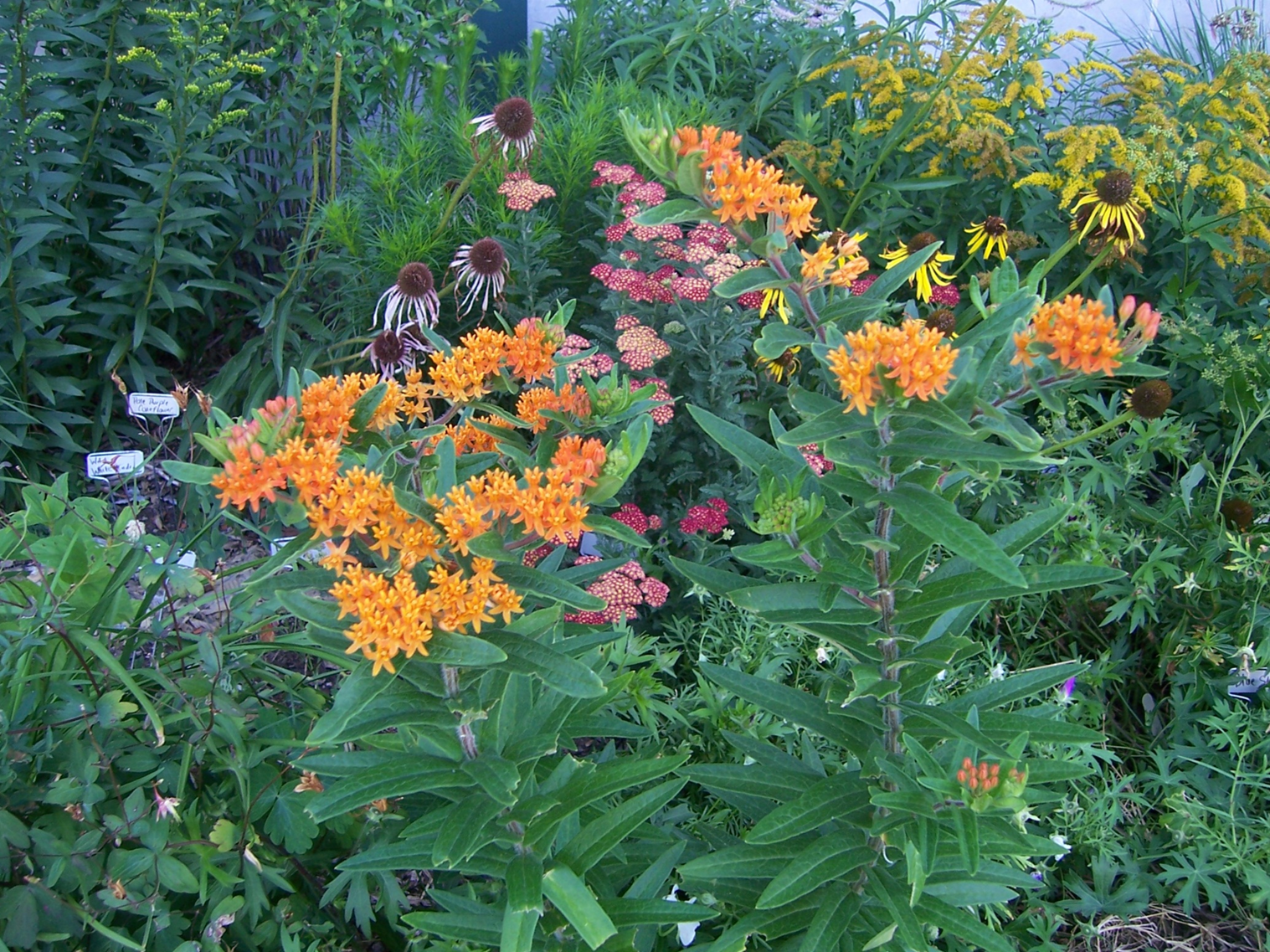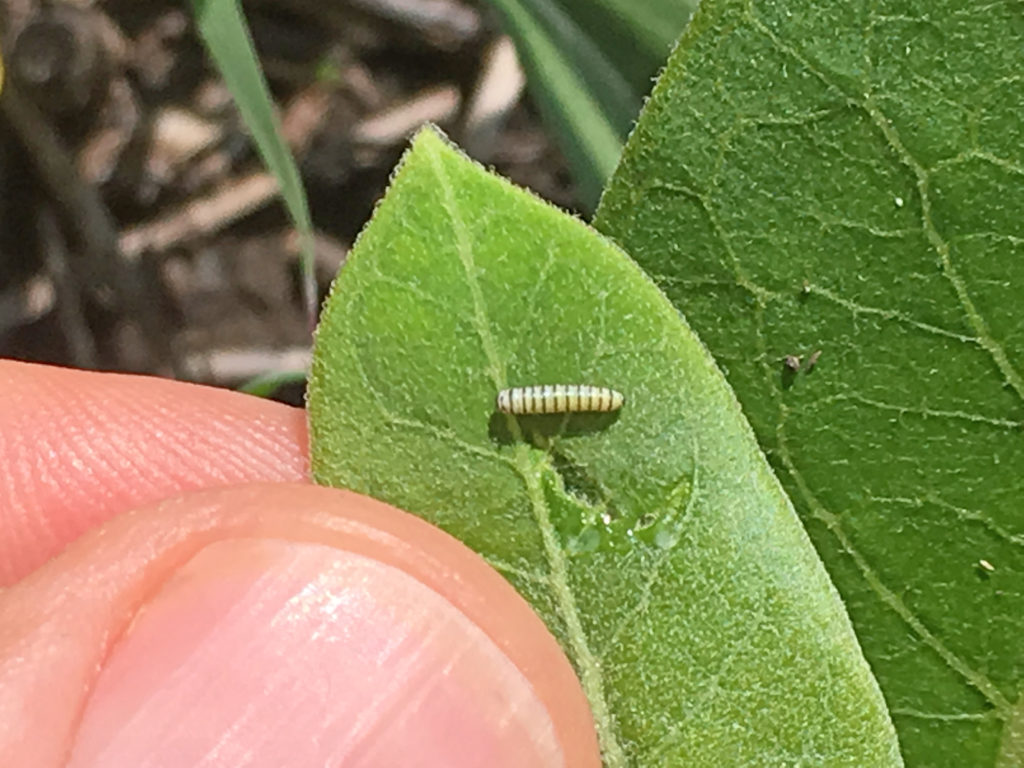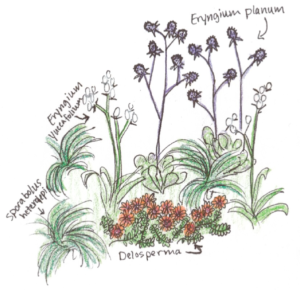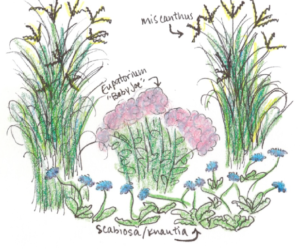I love native grasses. Grasses make dramatic focal points when mixed into garden beds or planted individually. They pull the landscape design together and provide movement within the garden.
Over the past 10 years, there have been some tremendous advances in landscape quality native grasses. ‘Northwind’ switchgrass is a perfect example. It offers great form, a tidy columnar habit, texture and ease of care. It is a reliable grass with consistent qualities that can be counted on year after year in any sunny landscape. In my opinion, ornamental grasses should be included in all garden designs because they are easy to grow and provide three seasons of interest.
Obviously, grasses are gaining in popularity, but one of their most important roles they play in the garden is often overlooked. Grasses help balance the ecosystem by providing food, shelter, and nesting sites for many different pollinators along with birds and small mammals. Pollinators need protection from severe weather and from predators, as well as sites for nesting and roosting. By incorporating different layers of flowering plants and grasses in the landscape, pollinators can find the food and shelter they need for survival. Pollinators use corridors of plants to safely move through the landscape and be protected from predators.
Over 70 different butterflies and moths depend on native grasses as part of their life cycles.
These grasses are important for adults but they also serve as larval hosts for butterflies and moths. Many different butterflies lay eggs amongst the native grasses which larvae then utilize during their development. Some species of bees need open ground to burrow into the soil, so leave small exposed areas of soil between your plants. Even a small garden containing native species can make a tremendous difference for insect conservation.
Here is a list of native grasses and the pollinators that use them:
Big bluestem-Andropogon gerardii
Larval host for many species of butterflies (Delaware Skipper, Ottoe, Dusted Skipper, Beard-Grass skippers and Common Wood Nymph).
Buffalograss- Bouteloua dactyloides
Butterfly larval host for green skipper butterfly.
Switchgrass- Panicum virgatum
Larval host for skipper butterflies. Overwintering host for bees and other pollinators.
Little bluestem-Schizachyrium scoparium
Larval host for many species of butterflies and moths (Ottoe Skipper, Crossline Skipper, Dusted Skipper, Cobweb).
Indiangrass- Sorghastrum nutans
Larval host for skipper butterflies.
Prairie Dropseed- Sporobolus heterolepis
Prairie Dropseed is of special value as nesting sites for bees. Native grasses are the larval food plants of the Leonard’s Skipper.
Native grasses are attractive, low-maintenance additions to the landscape. Once established, they help minimize erosion and increase organic matter in the soil. Native grasses are also vital in the life cycles of many bees, butterflies and other pollinators. Grasses provide the habitat for overwintering eggs, caterpillars and pupae of butterflies. The thatch at the base of the grass clumps is ideal for protection from predators and cold weather.
There is a direct correlation between the decline of native grasslands habitats and the decline of many species of butterflies, bees and moths. Habitat loss is not the only reason for the decrease in pollinators, but it is certainly a factor. By planting native species of wildflowers and grasses in agricultural, suburban and urban settings, we can help to reverse the population decline. Even though grasses don’t provide nectar, they are just as important in pollinator gardens as beautiful wildflowers. So as you plan your pollinator garden, don’t forget to include some native grasses.

